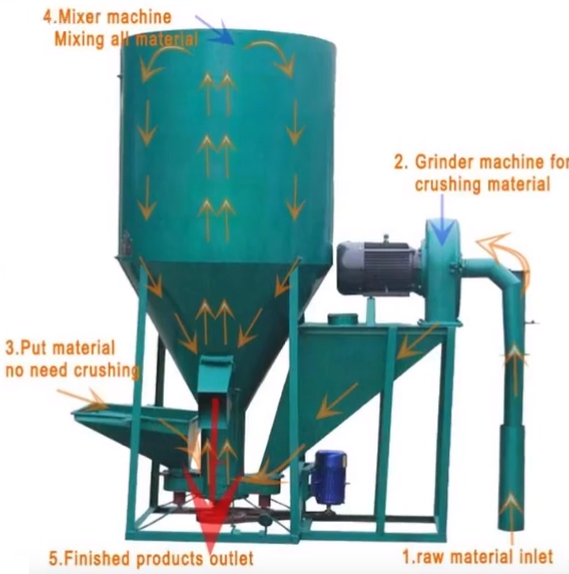frp centrifugal fan
Oct . 10, 2024 16:38 Back to list
frp centrifugal fan
Understanding FRP Centrifugal Fans An Essential Component in Modern Industries
In today's industrial landscape, efficient ventilation and air management systems are crucial for maintaining operational productivity and safety. One vital component of these systems is the centrifugal fan, specifically those made from Fiber Reinforced Plastic (FRP). As industries evolve, the demand for materials that offer both durability and low maintenance has led to the increasing popularity of FRP centrifugal fans. This article delves into the characteristics, advantages, and applications of FRP centrifugal fans, illustrating their significance in various sectors.
What is an FRP Centrifugal Fan?
FRP centrifugal fans are fan systems designed to move air or gases in a circular motion using a rotating impeller. The term centrifugal refers to the way the fan generates force — as the impeller spins, it throws the air outwards, creating a flow that can be directed through ductwork or into the atmosphere. The use of Fiber Reinforced Plastic in the construction of these fans offers a unique blend of strength, lightweight properties, and resistance to corrosive environments.
Characteristics of FRP Centrifugal Fans
1. Corrosion Resistance One of the standout features of FRP centrifugal fans is their ability to withstand harsh environmental conditions. Unlike traditional metal fans, FRP fans do not rust or corrode when exposed to chemicals, moisture, or other damaging elements. This makes them ideal for industries such as chemical processing, wastewater treatment, and pulp and paper production.
2. Lightweight Construction FRP materials are significantly lighter than metals, which allows for easier installation and reduced structural support requirements. This characteristic not only facilitates transportation but also simplifies maintenance processes, making FRP centrifugal fans a practical choice for various applications.
3. Durability and Longevity The inherent strength of FRP materials contributes to the durability of these fans. They can withstand high levels of mechanical stress and fatigue, ensuring a longer operational lifespan with minimal need for replacement or repair.
4. Energy Efficiency With advancements in design, FRP centrifugal fans can achieve high efficiency rates. They are capable of moving large volumes of air at relatively low power consumption, leading to reduced energy costs for businesses. This efficiency is particularly beneficial in industries where large ventilation systems are necessary.
Advantages of Using FRP Centrifugal Fans
The application of FRP centrifugal fans offers several advantages that can greatly benefit industrial operations
frp centrifugal fan

- Cost-Effectiveness Although the initial investment may be higher than traditional fan systems, the long-term savings from reduced maintenance, operational costs, and energy efficiency makes FRP fans a cost-effective solution.
- Customizability FRP can be molded into various shapes and sizes, allowing for customized fan solutions tailored to specific industrial needs. This level of customization ensures optimal performance in diverse environments.
- Noise Reduction FRP fans can be designed with features that minimize operational noise, making them suitable for environments where sound levels must be controlled. This is particularly important in urban areas or near sensitive settings, such as hospitals or schools.
Applications of FRP Centrifugal Fans
The versatility of FRP centrifugal fans makes them suitable for a wide range of applications. These include
- Chemical Manufacturing Due to their corrosion resistance, FRP fans are widely used in industries that handle aggressive chemicals, ensuring safe and efficient air movement.
- Wastewater Treatment In the treatment of wastewater, these fans help ventilate tanks and facilities, reducing odors and promoting the aerobic processes necessary for purification.
- Power Generation In power plants, FRP centrifugal fans help in cooling processes and managing emissions, critical for efficient operation and compliance with environmental regulations.
Conclusion
FRP centrifugal fans represent an innovative solution for air handling in industrial applications. Their combination of corrosion resistance, lightweight construction, and energy efficiency makes them a vital component in modern ventilation systems. As industries continue to seek reliable and sustainable equipment, FRP centrifugal fans are poised to play an increasingly important role in enhancing productivity and ensuring safety in diverse working environments. By investing in quality ventilation solutions like FRP fans, businesses can secure their operational efficiency for the future.
-
Hot Sale 24 & 18 Door Rabbit Cages - Premium Breeding Solutions
NewsJul.25,2025
-
Automatic Feeding Line System Pan Feeder Nipple Drinker - Anping County Yize Metal Products Co., Ltd.
NewsJul.21,2025
-
Automatic Feeding Line System Pan Feeder Nipple Drinker - Anping County Yize Metal Products Co., Ltd.
NewsJul.21,2025
-
Automatic Feeding Line System - Anping Yize | Precision & Nipple
NewsJul.21,2025
-
Automatic Feeding Line System - Anping Yize | Precision & Nipple
NewsJul.21,2025
-
Automatic Feeding Line System-Anping County Yize Metal Products Co., Ltd.|Efficient Feed Distribution&Customized Animal Farming Solutions
NewsJul.21,2025






